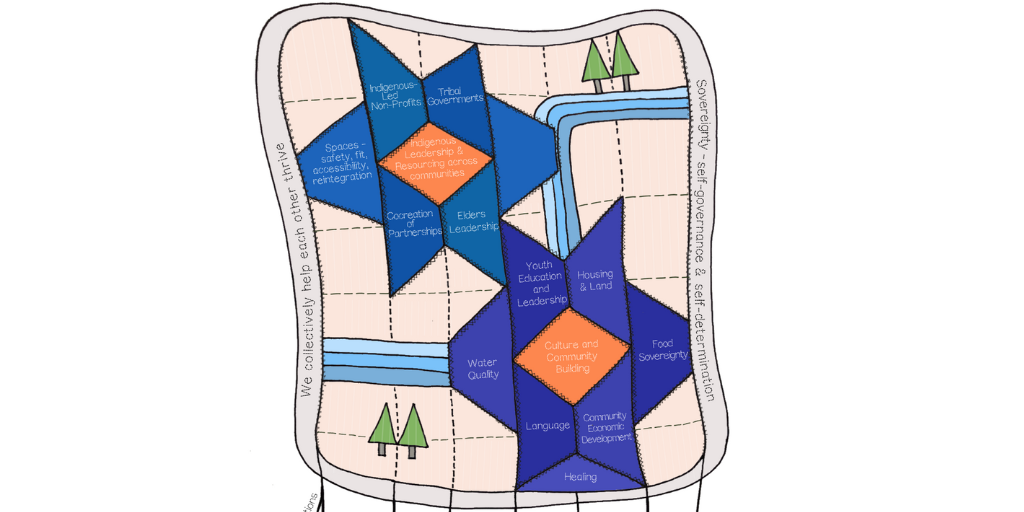
We all know that our city, region and community is different from those neighbouring us and different again from those in other provinces. The mix and interactions of the people, organizations, companies, local government, history and context make each city, region, place unique. This uniqueness presents both challenges and opportunities to collaborating around complex issues in a place-based context.
On the one hand, the unique mix found in place can often be leveraged to advance community change efforts that have greater impact on community members. Programs and services can be developed with local resources that have the ability to reach deeper into the community.
This means, for example, that a poverty reduction effort in Saint John focusing on revitalizing neighbourhoods is relevant and impactful for that city where accessing affordable transit passes becomes a focus of efforts in Calgary. Both collaborative initiatives are addressing the broader root causes of poverty (transportation, social inclusion, neighbourhood revitalization) and yet both cities take very different approaches using the levers of change particular to their regions.

From a federal goverment perspective, the uniqueness of place and place-based approaches to community change, provides an evaluation challenge. Location, Location, Location: Putting Evaluation in "Place" is a policy brief that looks at the characteristics of place-based approaches and the associated evaluation challenges.
The policy brief results from a project which developed a discovery paper about place and then commissioned several papers from experts in the evaluation field. Location, Location, Location is an overview of that research and contains links to the commissioned papers.
A key finding in the brief is that traditional approaches to evaluation do not fit the unique, place-based solution approach.
Evaluations studies typically focused on pre-determined program outcomes, and say these adaptations as irregularities that need to be sifted out in order to assess the program logic. As a result, key local objectives were not measured. Longer term outcomes and so-called 'soft' outputs like capacity building were also often left out of evaluations. As a result, it is argued that place-based policy is being driven by what can easily be measured, a situation that is said to be limiting creativity in policy and program design, as well as having implications for First Nations Commuities.
The evidence is still growing about the impact of place-based, collaborative solutions. But this policy brief identifies that traditional evaluation approaches fail to recognize the unique and important contributions of a place-based approach.
Collectively, those of us engaged in place-based change, need to create evaluative approaches that effectively demonstrate the collective impact of our efforts on individuals, community capacity and the community as a whole. This brief is a call to action.





